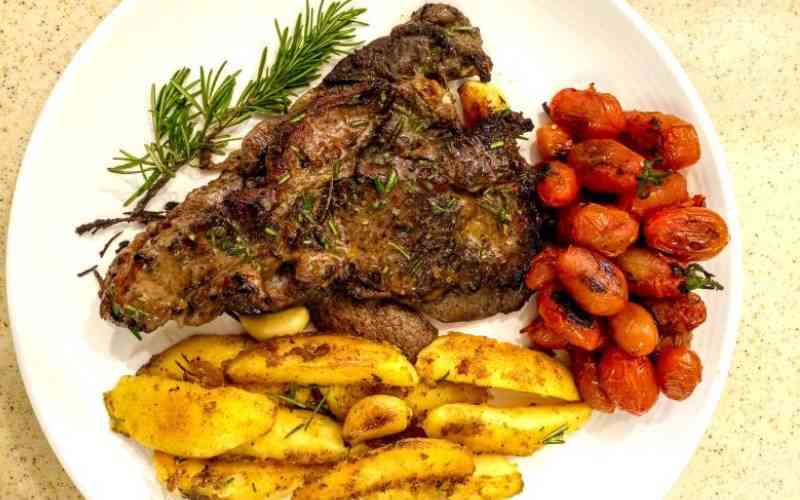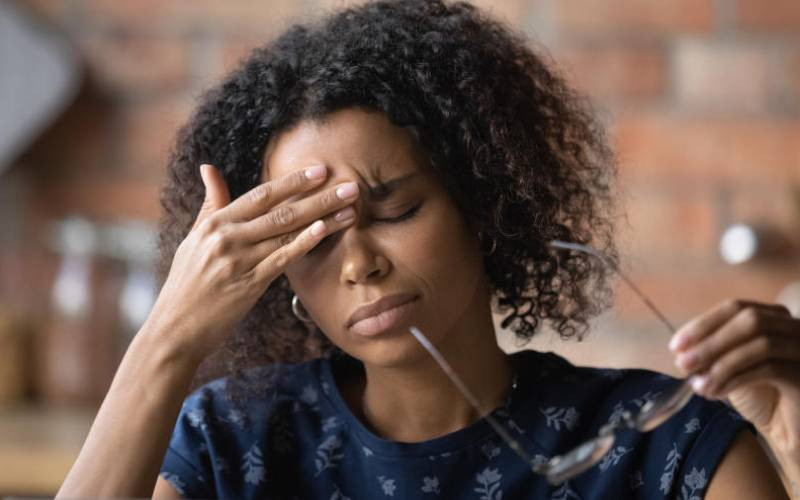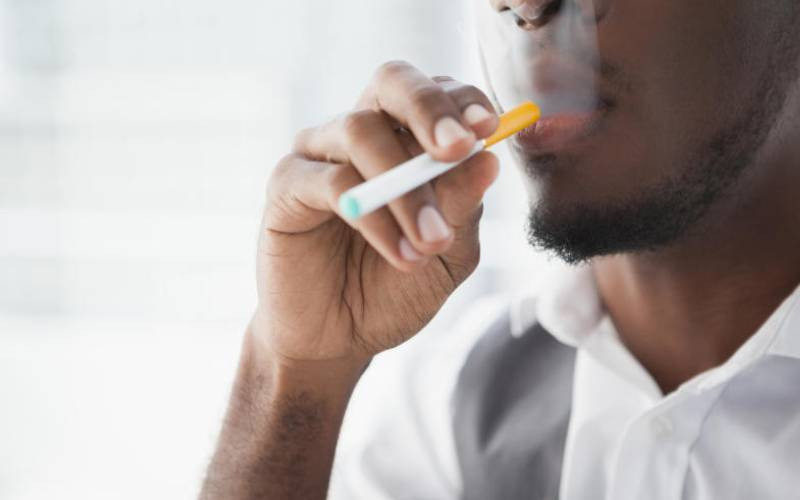
Iron deficiency occurs when your body does not have enough iron which leads to low levels of red blood cells. The body needs iron to make haemoglobin, which is a protein in the red blood cells that carries oxygen around the body.
If the body does not have enough haemoglobin, the tissues and muscles don't get enough oxygen and won’t work effectively which leads to one having anaemia.
Iron deficiency is the most common anaemia in the world even though there are many types of anaemia.
These are some of the symptoms that show one has iron deficiency or anaemia.
1. Unusual Tiredness
Feeling tired all the time is the most common symptom of iron deficiency. The feeling tiredness comes about because the body needs iron to make haemoglobin which helps to carry oxygen around the body.
When the body does not have enough haemoglobin, less oxygen will reach the muscles and tissues and this will deprive them of energy and causes the heart to work harder to transport blood that is rich in oxygen around the body which makes you tired.
2. Paleness
Pale colouring on the inside of the lower eyelids and having pale skin are signs of iron deficiency. Haemoglobin gives blood its red colour so when it levels are low during iron deficiency, it makes blood lose it red colour and become less red and this causes the skin to lose its original colour and turn pale.
The paleness can be all over the body or in some cases it is limited to one area like gums, the inside of the lips and lower eyelids.
Even though iron deficiency is confirmed by blood tests, doctors always check for the colour of the lower eyelids first to determine iron deficiency.
3. Heart palpitations
Heart palpitations are also known as noticeable heartbeats which is another symptom of lack of iron in the body.
When one has low iron and low levels of haemoglobin in the body, this means the heart has to work harder to carry oxygen. Haemoglobin is a protein found in red blood cells that helps to transport oxygen around the body.
Lack of the two can lead to irregular heartbeats and one can feel their heart is beating faster than normal.
In cases that are extreme, it leads to heart failure or heart murmurs.
4. Damaged hair and dry skin
When your body lacks iron it directs the limited oxygen to important parts and functions like organs and body tissues. When the skin and hair are not getting enough oxygen they become dry and weak.
It is normal for hair to break and fall out when washing and combing it but when you lose hair in large clumps that are more than what you normally lose it could be caused by iron deficiency.
5. Soreness and swelling of the tongue and mouth
Your mouth can tell you if you are suffering from iron deficiency anaemia. The most visible signs are when your tongue becomes swollen, pale, and strangely smooth.
When you are low on haemoglobin in iron deficiency, this can cause your tongue to become pale and low levels of myoglobin cause your tongue to become sore and swollen.
Myoglobin is a protein found in red blood cells that supports your muscles including the muscles that make up the tongue.
Iron deficiency also causes one to have a dry mouth, and mouth ulcers which are sore red cracks that appear at the corners of the mouth.
6. Brittle nails
Brittle nails are one of the most common yet less known symptoms of iron deficiency, which is also called koilonychia. Brittle nails tend to break easily and crack easily.
When in the later stages of iron deficiency, one can also have spoon shaped nails which occur when the middle part of the nail dips and the edges tend to be raised which gives causes the nails to be shaped like a spoon.
Spoon shaped nails are however visible when the iron deficiency has become severe.
If you were on death row, what would your last meal be? The Standard Group Plc is a multi-media organization with investments in media platforms spanning newspaper print
operations, television, radio broadcasting, digital and online services. The Standard Group is recognized as a
leading multi-media house in Kenya with a key influence in matters of national and international interest.
The Standard Group Plc is a multi-media organization with investments in media platforms spanning newspaper print
operations, television, radio broadcasting, digital and online services. The Standard Group is recognized as a
leading multi-media house in Kenya with a key influence in matters of national and international interest.










